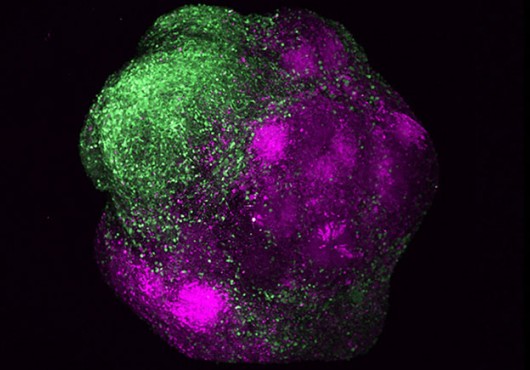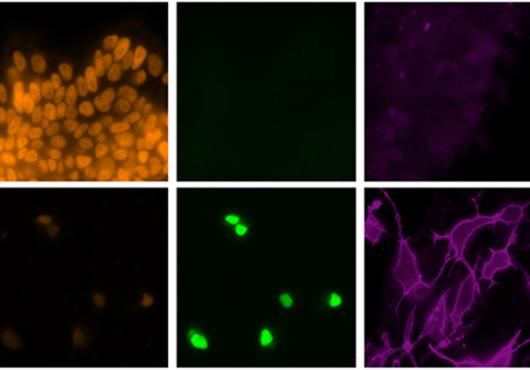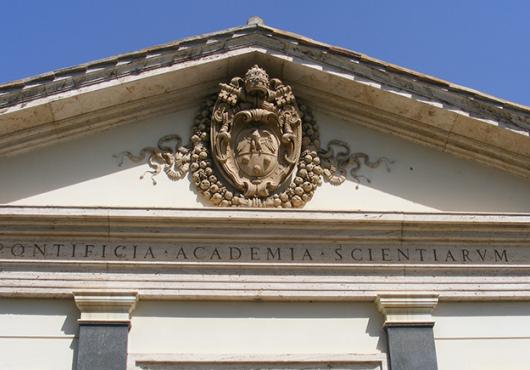
At a glance:
- Researchers use stem cell technology to create ionocytes, recently discovered airway cells involved in cystic fibrosis.
- Scientists can now study ionocytes in the lab and explore their potential for CF treatment.
- Such treatments could one day offer alternatives to standard therapy of CFTR modulators, which do not work in all patients.
In 2018, two studies published in Nature rocked the cystic fibrosis scientific community. They found that the gene mutation that drives cystic fibrosis primarily affects ionocytes — previously unknown cells that make up just 1 percent of cells in the airway.
Surprisingly, these rare cells were making more than 90 percent of the protein that’s diminished in the disease: cystic fibrosis transmembrane conductance regulator, or CFTR for short.
Now, in the American Journal of Respiratory and Critical Care Medicine, researchers at Harvard Medical School, Boston Children’s Hospital, and Boston University report creating ionocytes from patients for the first time using stem cell technology.
The accomplishment means that ionocytes can now be studied in a dish to understand their biology — and their possible use as a treatment vehicle.
Seeking better health?
Heart health. Nutrition. Brain health. And more.






